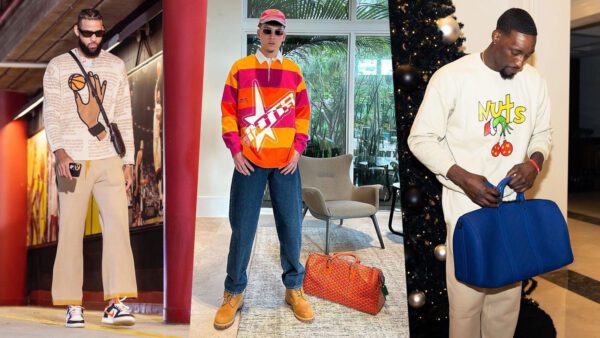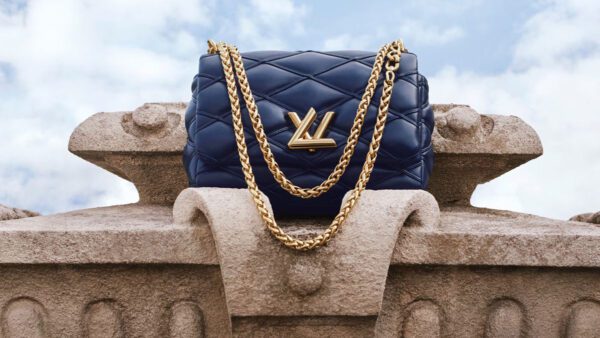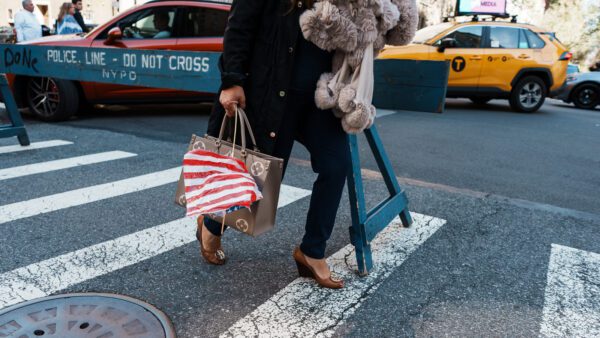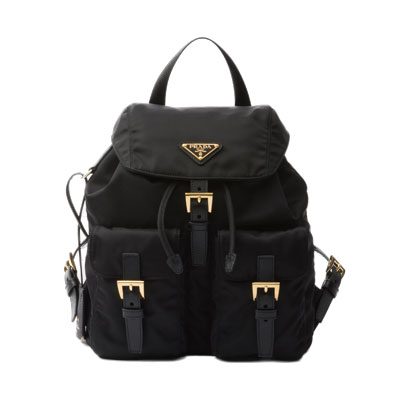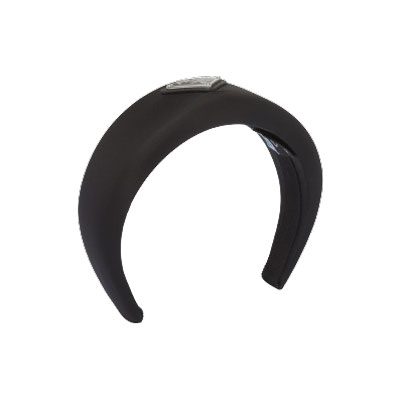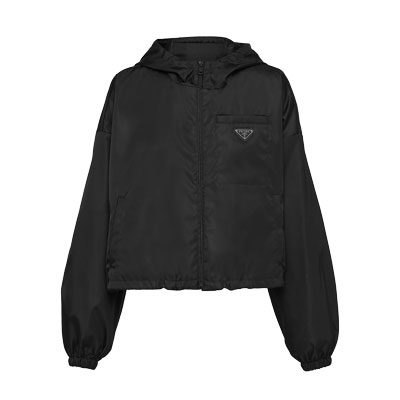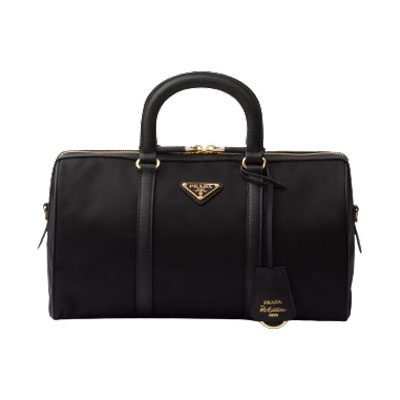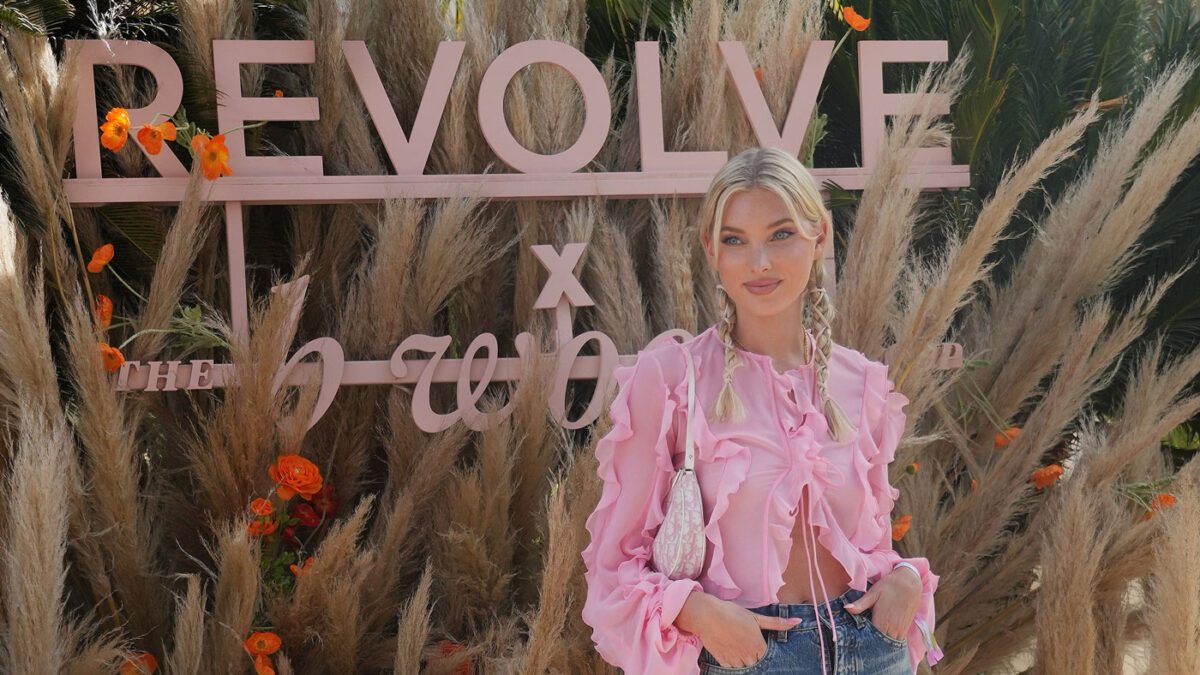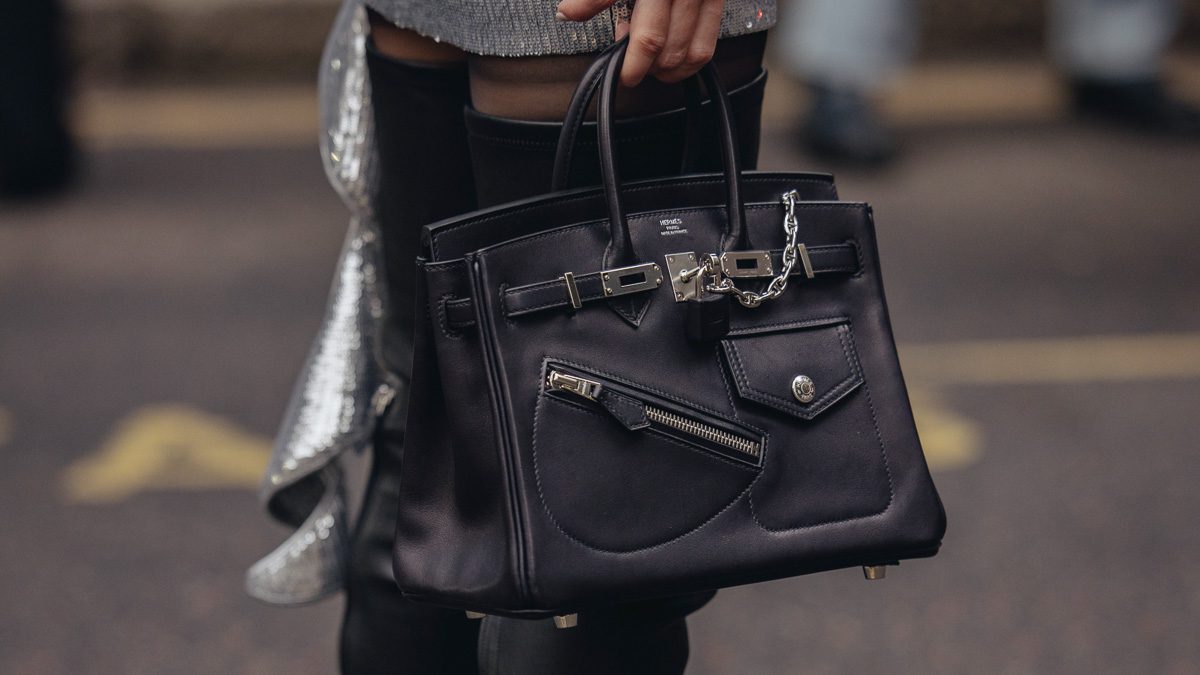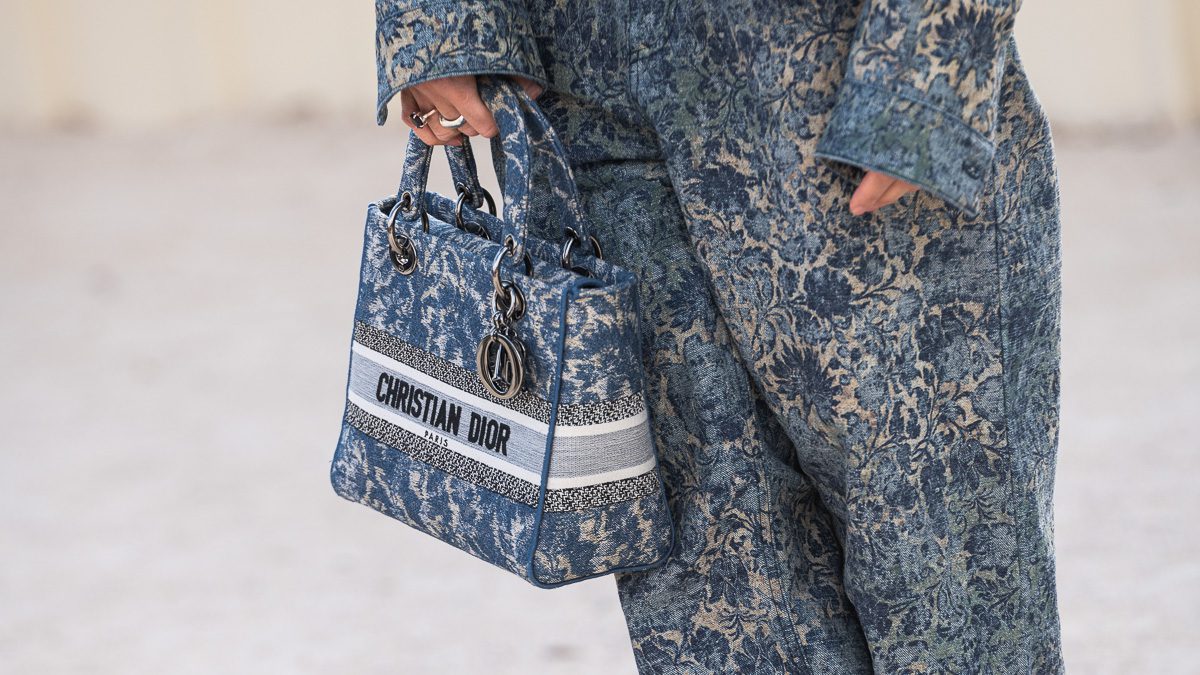Just to be clear, when we speak of equestrian fashion, we aren’t referring to centaurs, minotaurs, or any of their equine counterparts here. So, while there might be plenty of resources dedicated to what’s en vogue for our fantastical four-legged friends, yours truly isn’t quite the most astute authority on the matter.
What I can attest to with some degree of certainty, however, is that the skill and the sport of horse-riding has long been a reigning influence on the heritage houses of today. In fact, in an industry fragmented by the many vagaries of shifting micro-trends and aesthetics, equestrianism appears to be a single unifying thread, joining some of the premier brands of today through a rather unlikely association.
Why unlikely, you ask?
Well, equestrian fashion may be a lot of things – breeches, boots, shirts and saddles – but it certainly isn’t about the horse. Far from it, the luxury labels of today have turned the style into a billion-dollar vehicle of revenue, requiring you, as the buyer, to continually upgrade to the latest hue of peachy pastel like your life depends on it.
How exactly is it then, that the humble animal has made it past the stable, straight onto the pages of a Versace advert?
(Not So) Modern Problems, (Not So) Modern Solutions
The horse is an animal of symbolic significance – its speed traditionally a barometer of motion (horse-power, anybody?), its strength representative of resilience, and its flowing mane an effigy of elegance. For long, therefore, ownership of horses has been indicative of a certain degree of affluence.
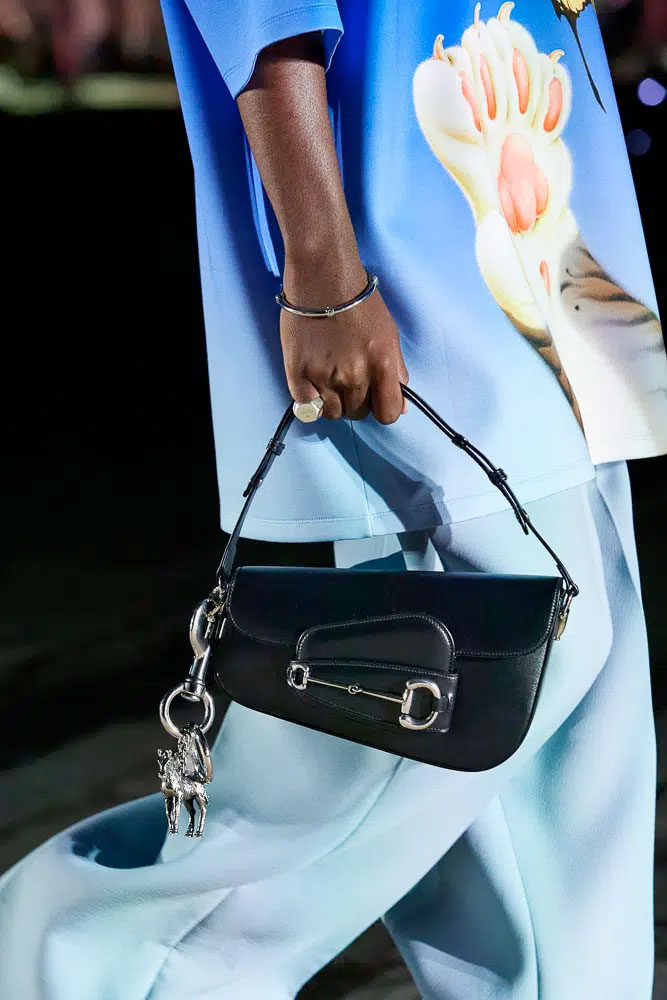
After all, like today’s supercars (or Birkins and Kellys, for that matter), collecting horses purely out of passion has been a luxury generally limited to those within the upper echelons. And of course, as with the possession of any of the above, horse-riding too comes with its own associated costs, be it in their upkeep, health and maintenance, or trainers, which at times may amount to significantly higher than, for instance, slathering leather crème on a bag, or changing the tire on a car (clearly, I’m big on cars).
But really, what this desire to tame the proverbial wild boils down to, and why equestrian fashion has, for so long, been a dominant theme in the world of prestige fashion, is the mere idea of wealth. You needn’t own a stable-full of horses to look rich, when simply walking around in full – and sometimes fetishistic – riding gear gets the job done. Neither must you have ever ridden a horse to own a piece of Burberry plaid with its signature Equestrian Knight Device (EKD) emblem.
And once the fashion brands were in on this secret, there was no stopping them!
Hermès Leads the Way… Again
To be fair though, equestrian fashion did originate with actual horses, courtesy of the house of Hermès.
In fact, back in 1837, Thierry Hermès’ first lineup wasn’t of glittering handbags and scarves, but handcrafted leather bridles and harnesses geared towards the ultra-rich.
Consequently, it was this knowhow that came in handy as the brand pivoted towards the high fashion powerhouse it is today, its prowess in saddlery paving the way for excellence in leather accessories.
And till date, the influence of horsemanship remains strong within the label, be it the Picotin, originally used to carry horse-feed, the Evelyne, originally a bag for grooming equipment, the Haut à Courroies – a repository for saddles and boots – or this rather unfortunate equine statuette affectionately dubbed, Marley.
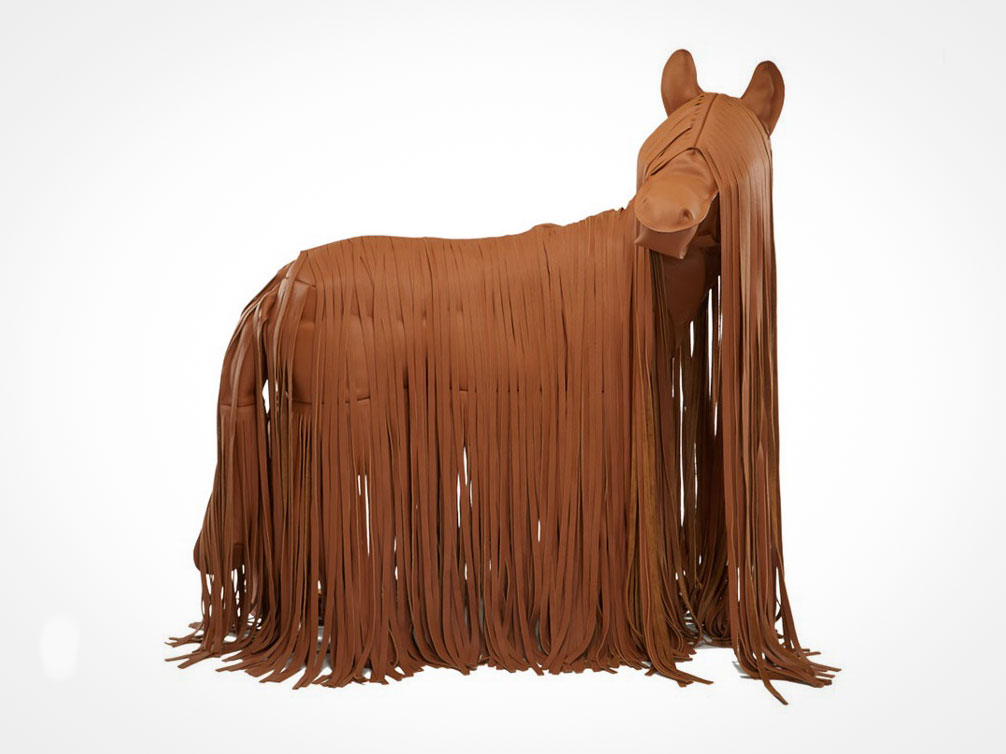
Chanel soon followed suit. An avid rider herself, Miss Gabrielle Chanel translated the historically male-focused riding ensemble, consisting of breeches, jackets and riding boots, to suit female equestrians, the quilting on a classic Chanel bag even said to have been inspired by the puffy jackets of horse-breeders!
The next brand to follow was Gucci. With its Horsebit loafer from 1953, the house not only redefined the limits of equestrian fashion, but expanded upon it in ways previously unimaginable, the quintessential double-ring-and-bar detail showing up on handbags two years later, and subsequently, on totes, clutches, hobos and more, remaining a house-staple 70 years later! And the list goes on indefinitely, with Ralph Lauren, Burberry, Louis Vuitton, and Dior, with its unmistakable Saddle Bag, securing their presence in the equestrian hall of fame.
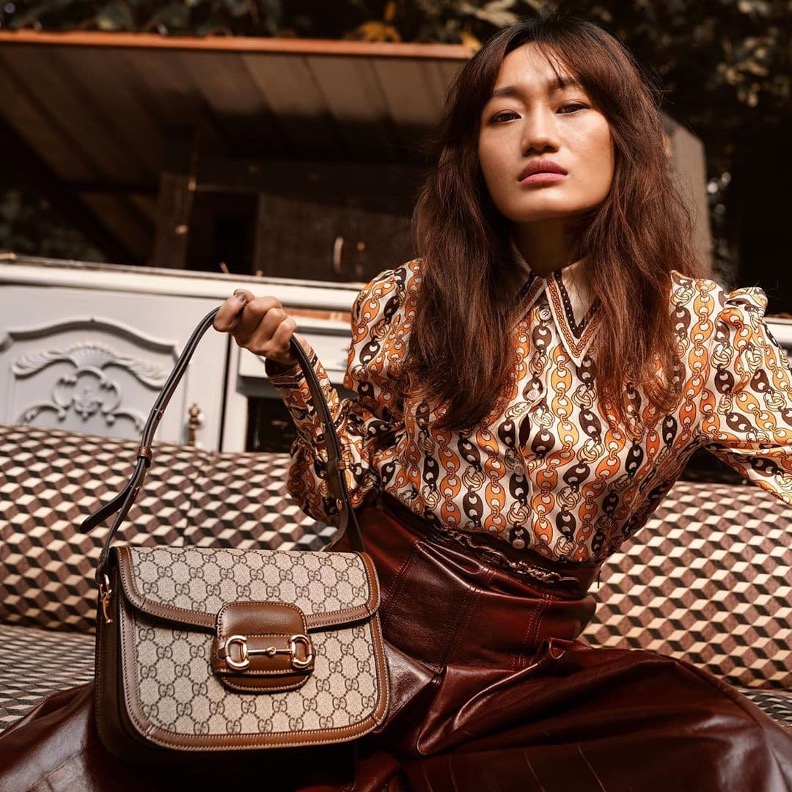
Keeping Up with the Equestrians
Given their charisma, therefore, it’s understandable why horses have commanded our collective fascination for so long. And even from a purely aesthetic standpoint, horses are highly photogenic, bringing instant energy to an otherwise gloomy editorial. Unsurprisingly, celebrities, such as Kendall Jenner, Bella Hadid and Adam Driver have all been seen in the vicinity of one, either as a part of a campaign, or simply because they too are avid horse-riders.
Neigh-vertheless, equestrian-chic comes at a cost. In our quest to fit in with the mass of buyers equally as invested in the wares of high-end designers, somewhere along the way, equestrianism as a sport appears to have largely lost its charm. After all, the hobby itself, what with its mud, sweat and grime, isn’t as glamorous as simply wearing figure-hugging Polos and knee-high boots.
And the brands once so serious about their origins in saddlery too have swapped their core DNA in favor of the numbers.

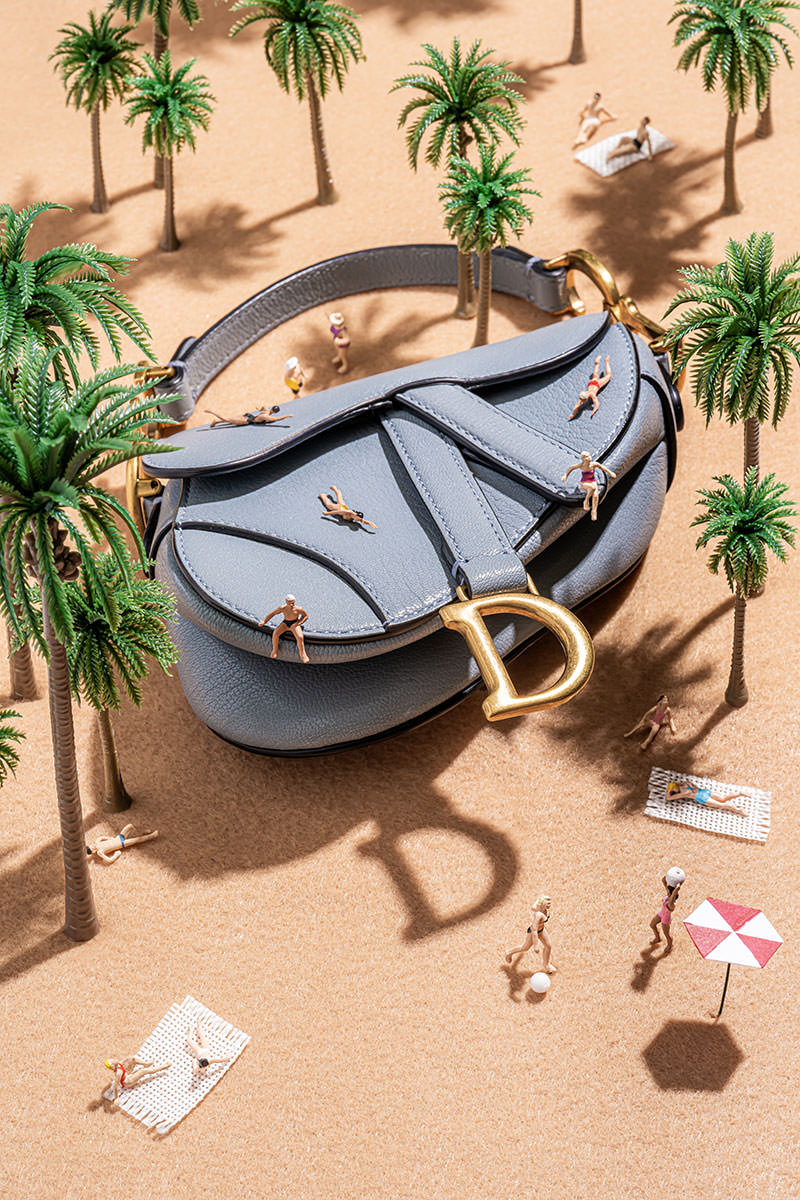
The term “horse-girl” has simply been reduced to a TikTok micro-trend, and much like athleisure, will probably be relegated to the rear-shelves of loungewear not too far down the line.
But then again, playing dress-up has its own joys. If a saddle bag or a plaid scarf grants us the liberty to fantasize our lives as an Ivy League aristocrat, reposing fashionably on the stands pretending to admire horses, or simply to feel a nostalgic connection to generations past – even if in reality, we’re in line at Whole Foods – it’s a powerful sentiment.
After all, isn’t fashion all about aspirations?

